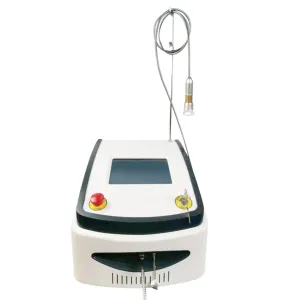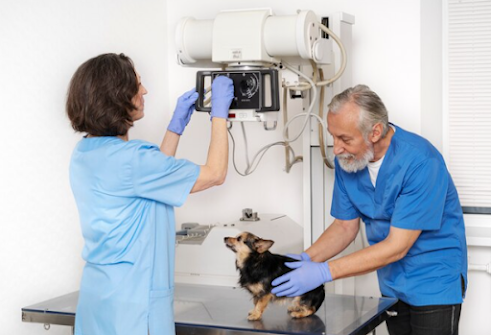The Cutting-Edge Veterinary Laser Machine: Revolutionizing Treatment Options for Pets

Away with the scalpels and sutures; traditional surgery is a thing of the past for our pets. A new buzzword in veterinary medicine is laser machines which are minimally invasive, pain relieving options for pets. Let us go deeper into how this state-of-the-art technology has changed treatment approaches for our cherished animals. Precision Meets Compassion: Contrasting the traditional tools, laser machines apply focused light beams to interact with tissues. This has several benefits for pets: · Minimally Invasive: Laser procedures typically involve reduced incision sizes, which lessens tissue damage, bleeding and pain. This equates to faster healing times and reduced post-surgical discomfort for your pet. · Reduced Risk of Infection: The laser is cutting and sealing blood vessels through its cauterizing effect thus reducing the chances of infection and promoting quick recovery. · ...



